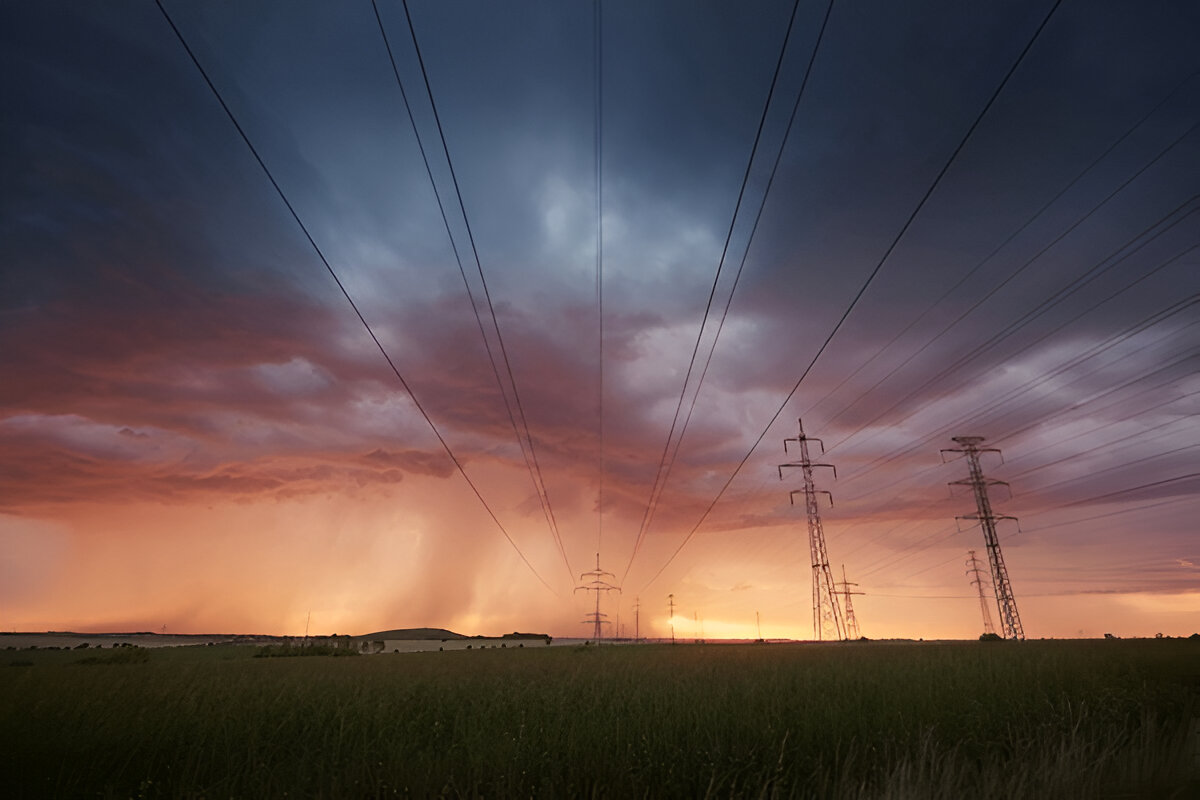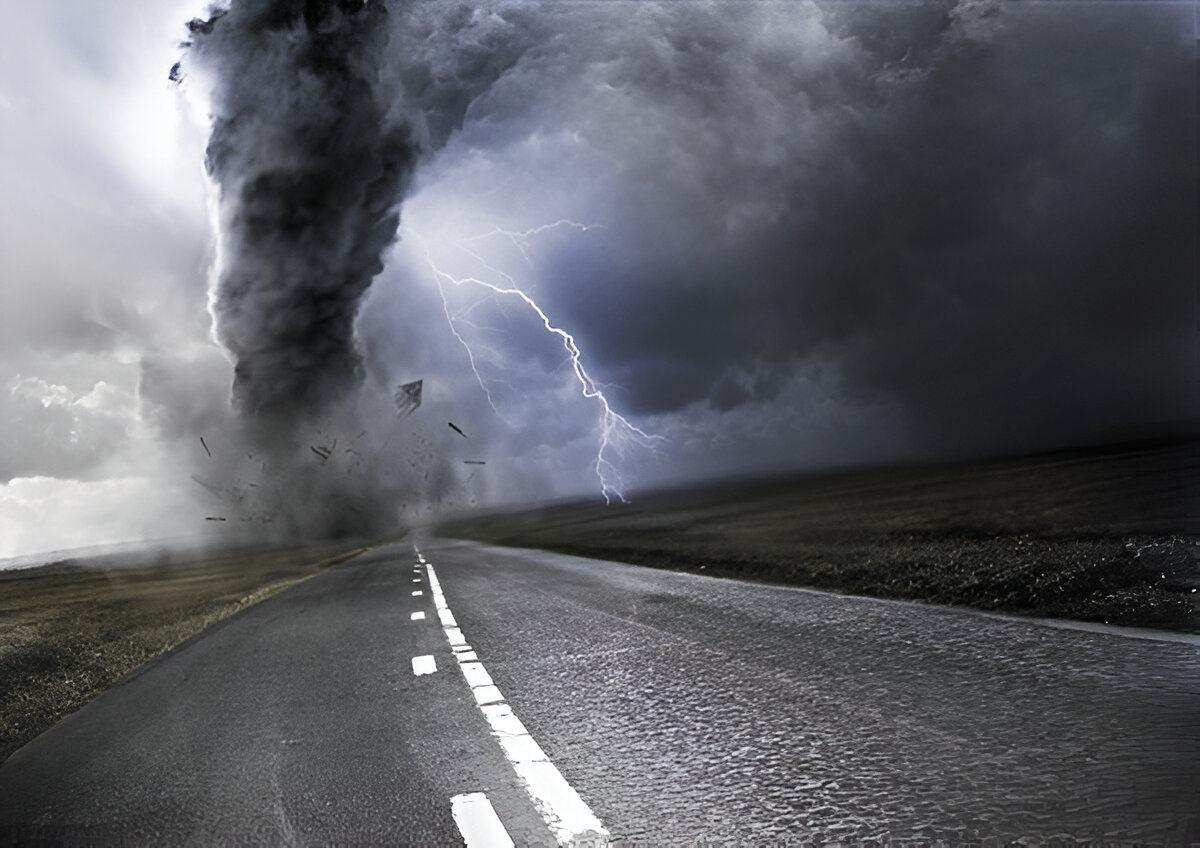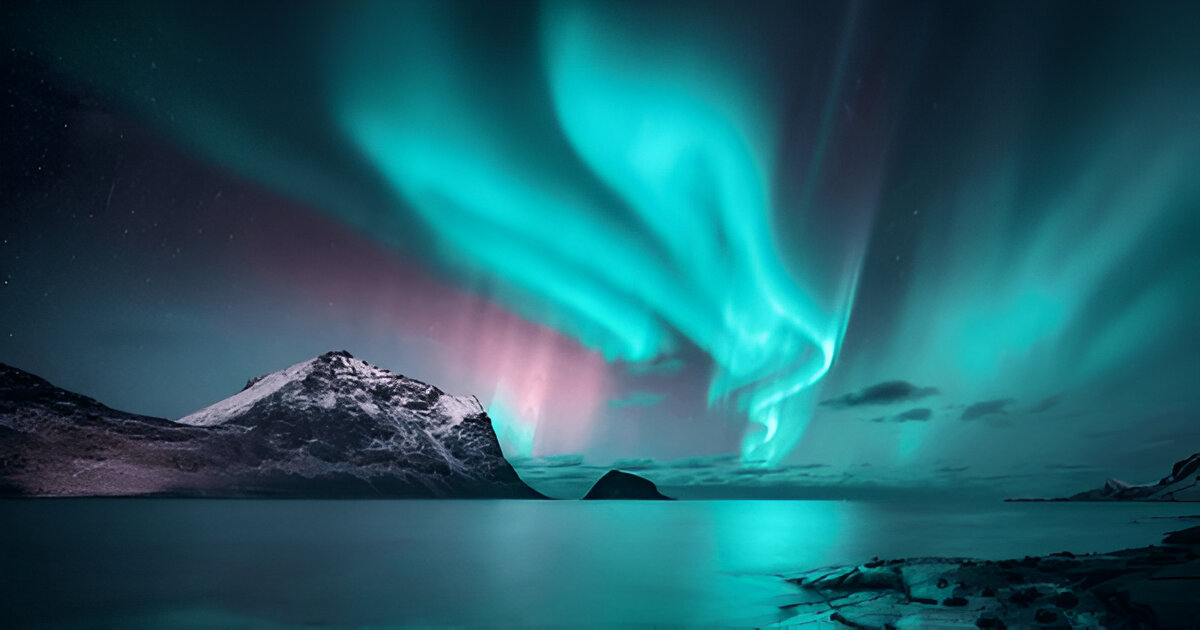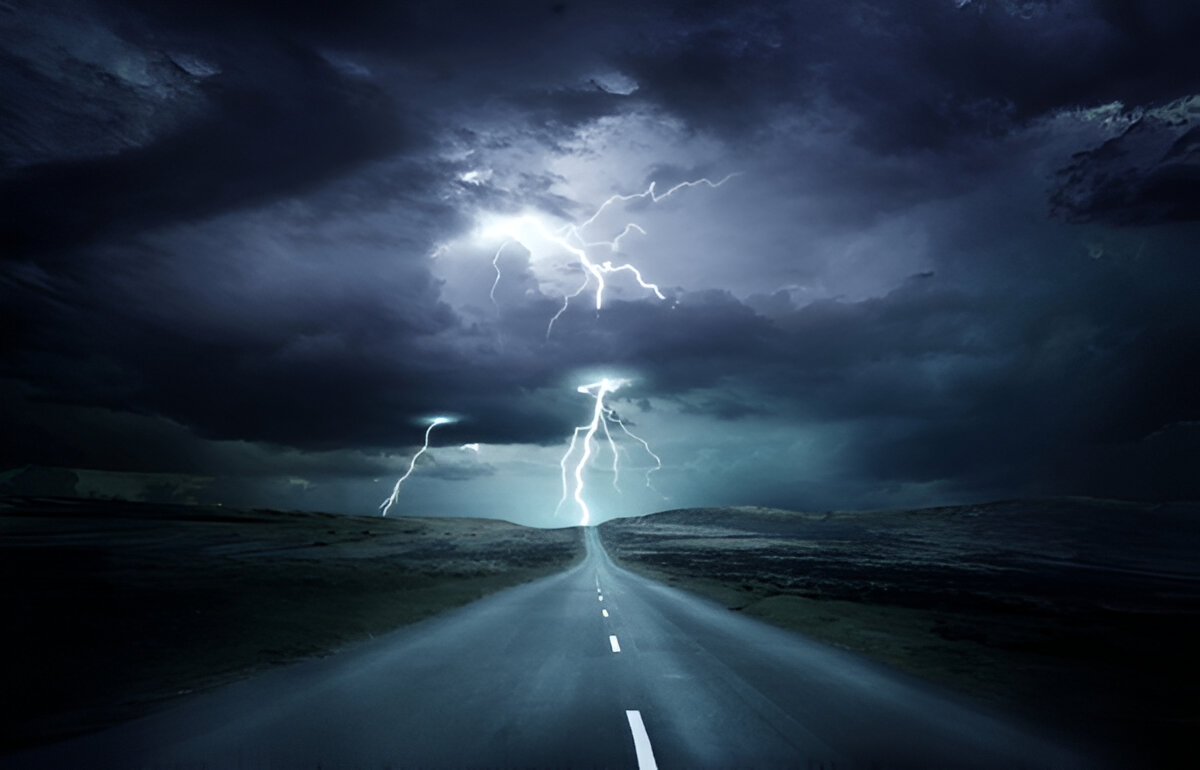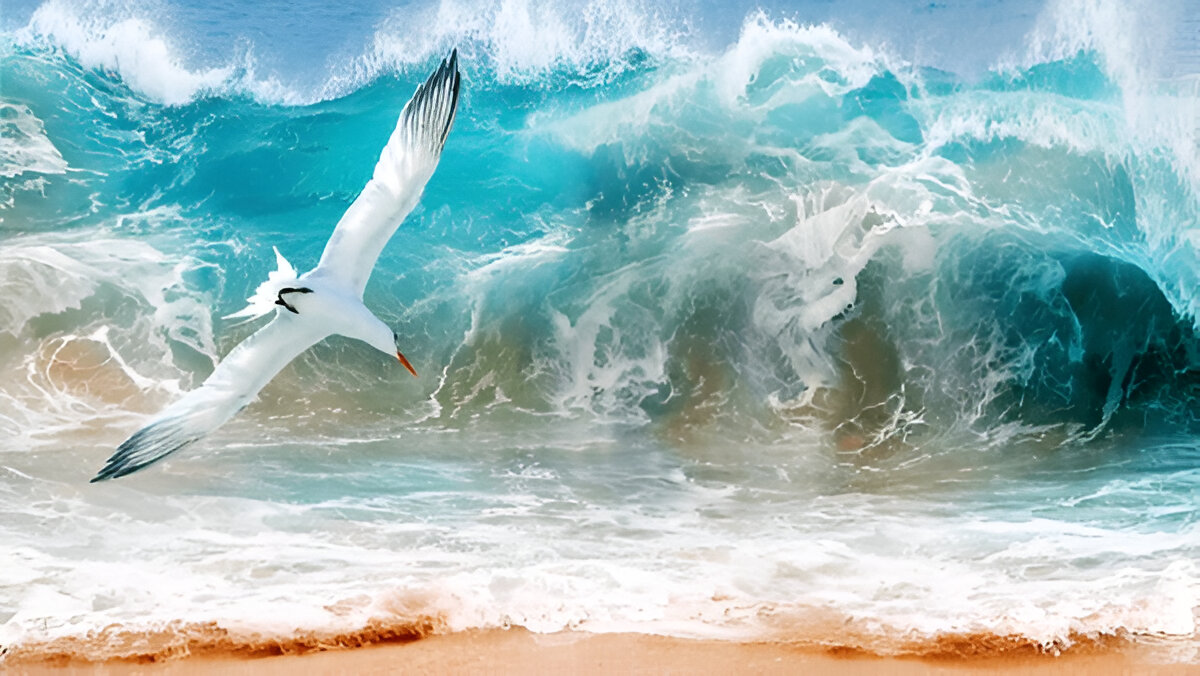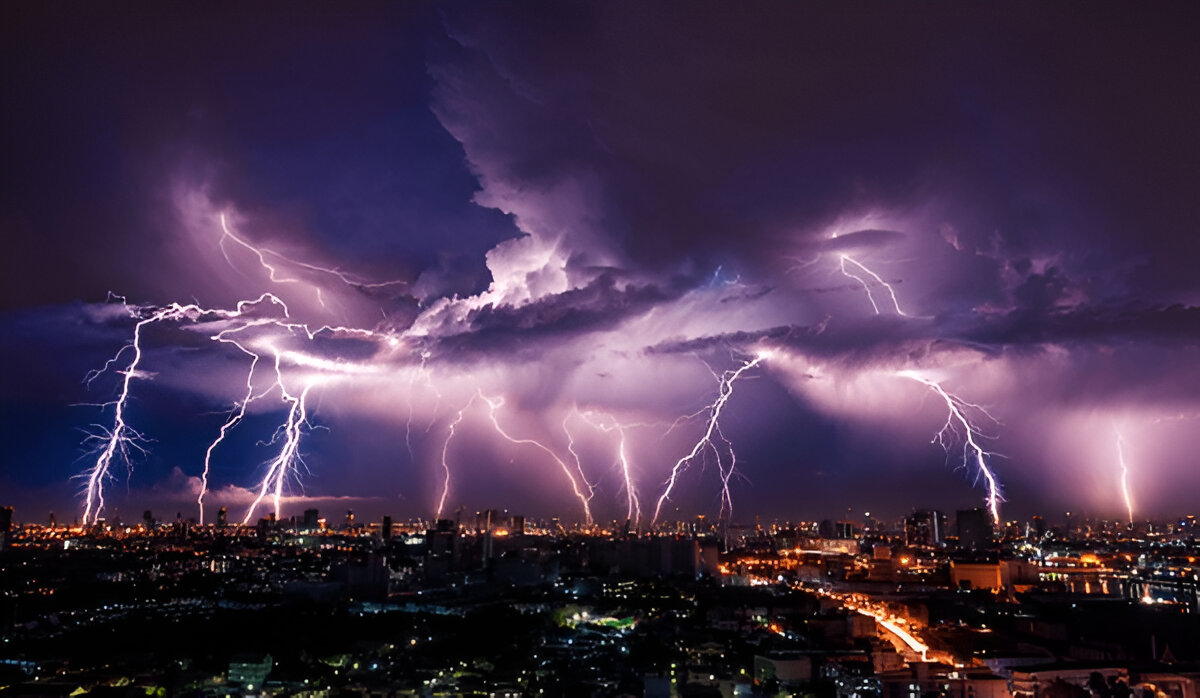
Extreme weather phenomena, from powerful thunderstorms to awe-inspiring tornadoes, offer a captivating spectacle that often seems to belong to another world. However, many photographers and videographers dedicate their lives to capturing these natural events, using their craft to immortalize moments of extreme beauty and destructive power. In this article, we’ll explore the art of weather photography, focusing on the gear, techniques, and safety measures needed to safely and successfully capture extreme weather events.
The Challenge of Capturing Extreme Weather
Photographing or filming extreme weather is not for the casual photographer. It requires more than just the right equipment; it demands an understanding of the weather itself, quick decision-making, and often a good dose of courage. From the violent winds of hurricanes to the electrifying strikes of lightning, extreme weather can be as dangerous as it is beautiful.
For weather photographers and videographers, the goal is to capture nature in its rawest, most intense form while ensuring their own safety and preserving the integrity of the scene.
Essential Gear for Weather Photography
To capture extreme weather, the right tools are essential. Whether it’s a thunderstorm, blizzard, or tornado, here’s a breakdown of the gear used by weather photographers:
- Weather-Resistant Camera
A high-quality camera is crucial for capturing stunning images of extreme weather. DSLRs or mirrorless cameras with weather sealing are preferred, as they can withstand the harsh conditions that come with photographing storms and rain. - Lenses
Wide-angle lenses are ideal for capturing large weather events like thunderstorms, while telephoto lenses help bring distant storms into sharp focus. A fast lens with a wide aperture is useful in low-light conditions, such as at dawn, dusk, or during overcast skies. - Tripods
A sturdy tripod is crucial for capturing long-exposure shots, especially when photographing lightning or the motion blur of clouds. It also ensures that the camera remains stable during gusty winds. - Protective Filters and Covers
Extreme weather conditions often mean rain, snow, or flying debris. UV filters, polarizers, and lens hoods can protect your equipment from environmental elements. Additionally, rain covers for both the camera and lenses are essential for shooting in wet conditions. - Remote Triggers and Timelapse Equipment
When chasing lightning, a remote trigger allows photographers to snap images without physically touching the camera, ensuring it remains still. Timelapse gear can help create stunning sequences of cloud movements, sunsets, and storm formations.
Techniques for Capturing Extreme Weather
Capturing extreme weather is all about preparation and technique. Here are some tips for photographers and videographers to successfully document nature’s most powerful events:
- Mastering Long Exposure
To capture the movement of clouds and create dramatic shots of storms, photographers use long exposure techniques. A longer exposure time allows more light to enter the camera, which is ideal for photographing storms and lightning, especially during twilight or nightfall. - Timing is Everything
In weather photography, timing can mean the difference between a good shot and a once-in-a-lifetime opportunity. For example, lightning is unpredictable, so photographers use a continuous shutter mode or time-lapse photography to increase their chances of capturing a strike. - Chasing the Perfect Storm
Chasing storms isn’t just about running after any thundercloud. Weather photographers need to predict where the most exciting weather will unfold, and positioning is key. Utilizing radar data and staying up to date with meteorological reports ensures you’re in the right place at the right time. - Capturing the Action Safely
Extreme weather events are often dangerous, and safety is the priority. Photographers must always know when to retreat from the storm and how to get to safety. It’s crucial to track tornadoes or hurricanes with sufficient distance to capture dramatic images without putting yourself in harm’s way.
Safety Measures for Weather Photographers
While capturing the beauty of extreme weather can be exhilarating, it’s important to prioritize safety:
- Know Your Limits
Extreme weather can change in an instant. Photographers need to be prepared to leave the scene if conditions become unsafe. Knowing how to spot signs of danger, such as sudden wind shifts or rapidly changing storm patterns, is essential. - Weather Alerts and Warnings
Constantly monitor weather conditions via local alerts, radar apps, and storm tracking tools. Chasers often use NOAA weather radios, and mobile apps to stay up to date with the storm’s progress and evacuation routes. - Avoid Lightning Strikes
If you’re photographing thunderstorms, lightning poses a significant risk. Stay in safe areas, such as your car or a sturdy building, and never stand near tall, isolated objects like trees or poles, as they are lightning rods. - Protect Your Equipment
Harsh weather can damage your camera gear if you’re not careful. Be sure to use protective covers and store your camera in a dry, safe spot when it’s not in use. If you’re working with heavy rain or snow, consider using a weatherproof bag to protect your gear.
The Beauty of Extreme Weather Photography
Extreme weather photography allows us to see nature’s power through a different lens. The moments captured – whether it’s a lightning storm over the ocean or a twister tearing across the plains – offer a glimpse into the awe-inspiring forces at play on our planet. Through weather photography, we can appreciate both the danger and the beauty of our ever-changing environment.
For many photographers, the satisfaction comes from the ability to share these remarkable moments with the world. Extreme weather photos tell a story that goes beyond just the visuals—they capture the emotion, the drama, and the raw power of the natural world.
Conclusion
Weather photography is a thrilling, challenging, and rewarding pursuit. It requires patience, skill, and an understanding of both the environment and the equipment you’re working with. Whether you’re chasing a tornado, waiting for the perfect lightning strike, or photographing the calm before the storm, there’s something uniquely mesmerizing about capturing nature’s fury on camera.
If you’re considering taking up weather photography, be prepared to face the elements and learn from every storm you chase. It’s not just about taking beautiful photos – it’s about respecting nature and using your craft to tell its most incredible stories.

